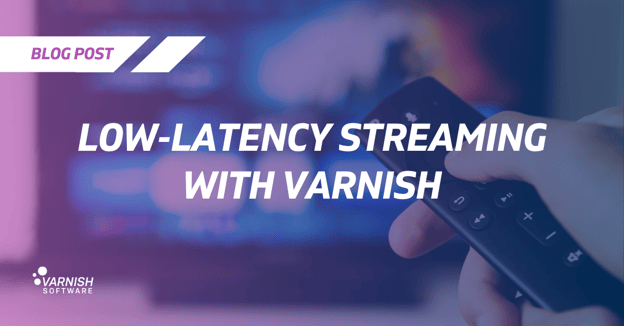A recent Strategy Analytics study, “TV’s Transformation: A Unified TV and Video Market Perspective”, predicts that consumer and advertising spend on TV and video is going to increase markedly - and that this increase, from USD 490 billion in 2017 to USD 559 billion in 2022, will happen in large part due to over-the-top services (translating, according to the research, into up to 90% of the growth).
This is not surprising, confirming what we already know about current trends and bolstering wide-ranging industry forecasts. We recently looked at different reports and surveys focusing on the amount of media - and amount of time users spend consuming it across devices - and also how prevalent OTT services are among consumers, complementing existing linear TV services, in many cases. The ubiquity of demand leads to bigger spending thresholds - both for advertisers and consumers.
A recent IHS Markit report, “Cross-Platform Television Viewing Time 2017”, for example, highlights the growing demand for OTT on-demand video viewing across the largest European media markets, confirming that viewers have been shifting rapidly to an on-demand consumption model. IHS Markit’s Associate Director of Connected Devices and Media Consumption, Fateha Begum, stated, “With the increasing volume of consumption moving away from traditional linear broadcast, monetisation of on-demand and time-shifted viewing remains a key concern.”
Where streaming demand goes, money follows and flows
Ultimately as consumers adopt and spend money on OTT subscriptions and come to rely on their growing libraries of content offerings, they - and the content providers themselves - are relying on quality content delivery. Ignoring the technical infrastructure that enables seamless on-demand streaming is at least as problematic as failing to provide a constant stream of high-quality, changing content. Usability and quality are cited as the main things that could hold OTT growth back, and the technology is here to negate both concerns.
As we get ready to head to IBC in Amsterdam next month, we’re thinking a lot about how companies can stay ahead of video streaming/video delivery challenges. Most of all, we want to hear from you what your strategies and plans are, and what you see as challenges to implementing your OTT plans. How do you intend to be a relevant, ongoing part of OTT growth?
/VS-logo-2020-197x60.png?width=136&height=60&name=VS-logo-2020-197x60.png)




